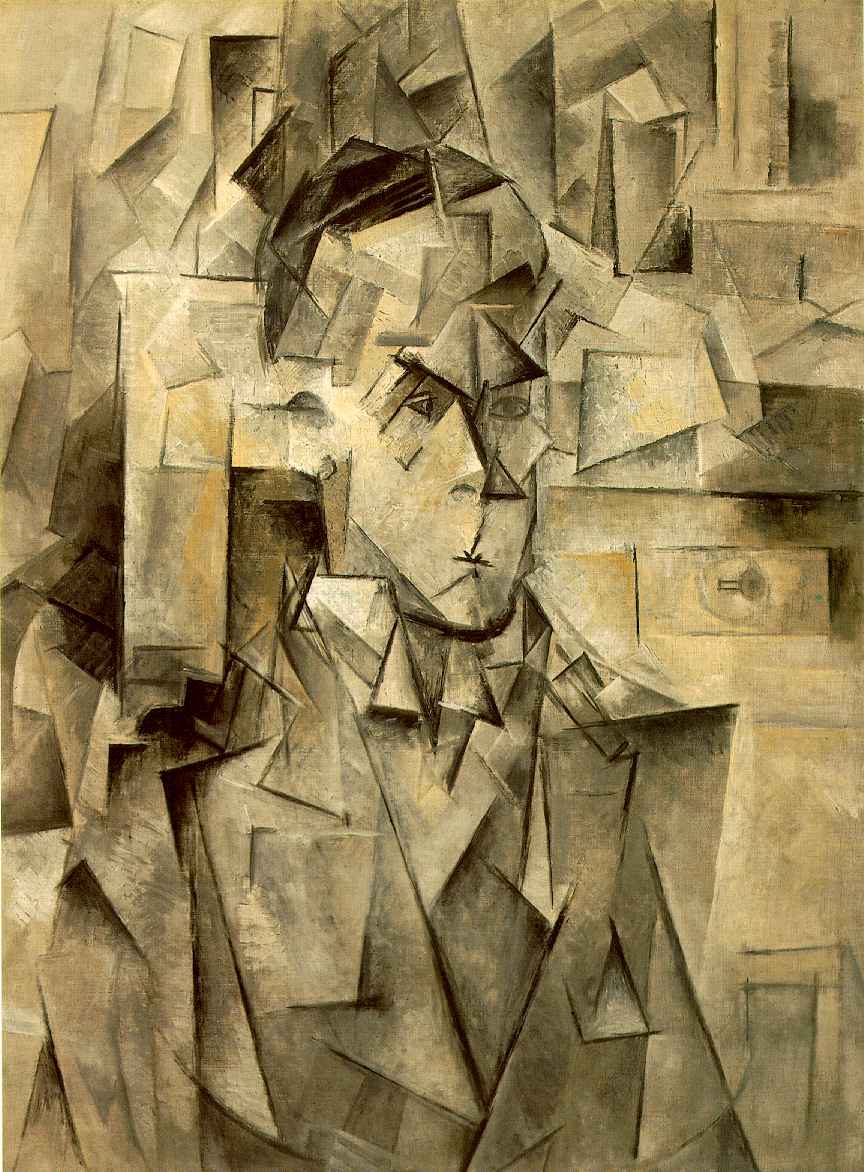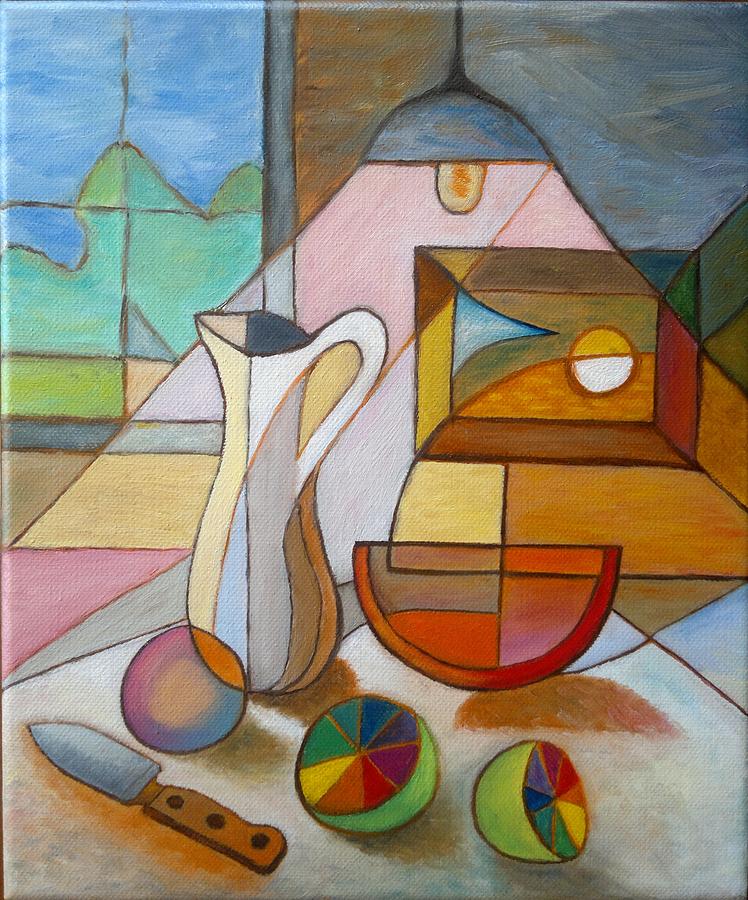

#Cubism artist plus#
We created an interesting page comparing real oil painting locations with famous artwork from different art movements in Then and Now, plus Tilt-Shift painting photos You can also search our database by artist, color, or subject matter To see our painting process in action, visit our studio To help solve your decorating needs and see the oil painting in your space. To be sure you are satisfied before you order, look at our wall art mock-up photo Just let us know, and we can find it and paint it, or you can also request a made-to-order oil painting If you do not see the oil painting reproduction you want, no problem. Other sections of interest on The World's Artist Website Other Cubist artists include Marcel Duchamp, Marc Chagall, Roger De La Fresnaye, Sonia Delaunay, Robert Delaunay, Lyonel Feininger, Louis Marcoussis, Joan Miró, Piet Mondrian, and Liubov Popova.įamous Cubism Art Movement Oil Painting ReproductionsĬubism Art Movement Painters Biography & Painting Reproductions Cubism achieved a resounding success thanks to the courage of influential gallery owners, the support of open-minded intellectuals, and the patronage of pioneer collectors of contemporary art. Much of modern art takes its cues from this movement. Using this newly developed technique, which they called Synthetic Cubism (1912-1914), the abstract representation of an object is alluded to in the cut-out shapes or by printing the paper with elements that imply the connection, with objects becoming recognizable again. Both artists began using this mixed media and stepped completely away from what they called "Illusionism," the adherence to three-dimensional space. Picasso’s papiers collés (a type of collage) period began in 1912 and saw the artist’s ingenuity in the emergence of a creative technique that involved adding paper to paintings. These were very abstracted and rendered in a range of gray and brown colors. In later variations, such as High Analytic Cubism, they left the landscape behind and began to focus on still lifes and human figures. In the beginning, Cubism represented objects in a way in which they could be recognized. Cubism allowed them to focus on geometric, abstract forms that broke down an image into fractured recreations that could be viewed in relief from various and contrasting perspectives.
#Cubism artist free#
These influences and inspirations gelled with the artists’ ideas that art could break free from the constraints of copying nature, being a slave to perspective, and following the techniques of the masters. The stark simplification of these works provided an indispensable lesson in synthetics and composition. These pieces were completely different from the polished academic styles. Western artists discovered in Africa and other parts of the world a powerful and innovative kind of artwork as Europe raced to colonize in the late nineteenth century. African and Polynesian sculpture played a pivotal role in the avant-garde movements of the early twentieth century, especially Cubism and German Expressionism. How Do African Art Styles Influence Cubism?īraque was influenced by Cezanne, and Picasso got his inspiration from African art he had seen at an ethnographic museum at the Palais du Trocadero in Paris.

This vanguard movement changed the face of art and brought it into the modern era. They started exploring different avenues regarding making two-dimensional pictures on canvas for the very reason that the canvas has two dimensions.

The famous artists key to the movement sought to turn art on its head by eschewing the notion that art should copy nature. He began to create harsh paintings where the decomposition of the objects into geometric lines and contours is carried to such an extreme that it verges on the abstract. Rejecting the logic of the pleasant and reassuring, Picasso sought to reveal the inner geometry of objects and the human figure. After seeing Paul Cezanne's disturbing retrospective, Pablo Picasso, a painter from Spain who had been living in Paris with whom he shared a studio with Georges Braque, began laying the foundations for the most influential art movement of the last century. By his last version in 1905, the landscape was large patches of color and some unpainted canvas. Cezanne Laid the Groundwork for Cubism.Ĭezanne had been painting the same Mont Saint-Victoire since 1885. Founded by Pablo Picasso and Georges Braque in Paris around 1907, this movement got its name after Louis Vauxcelles, an art critic, called the elements of Braque's painting Houses at L'Estaque in 1908 “ Cubes”. The Cubist or Cubism Art Movement was the most influential art movement of the 20th century, laying the foundation for later modern art oil paintings.

Cubism Art Movement, History, Cubist Oil Paintings & Artists.


 0 kommentar(er)
0 kommentar(er)
